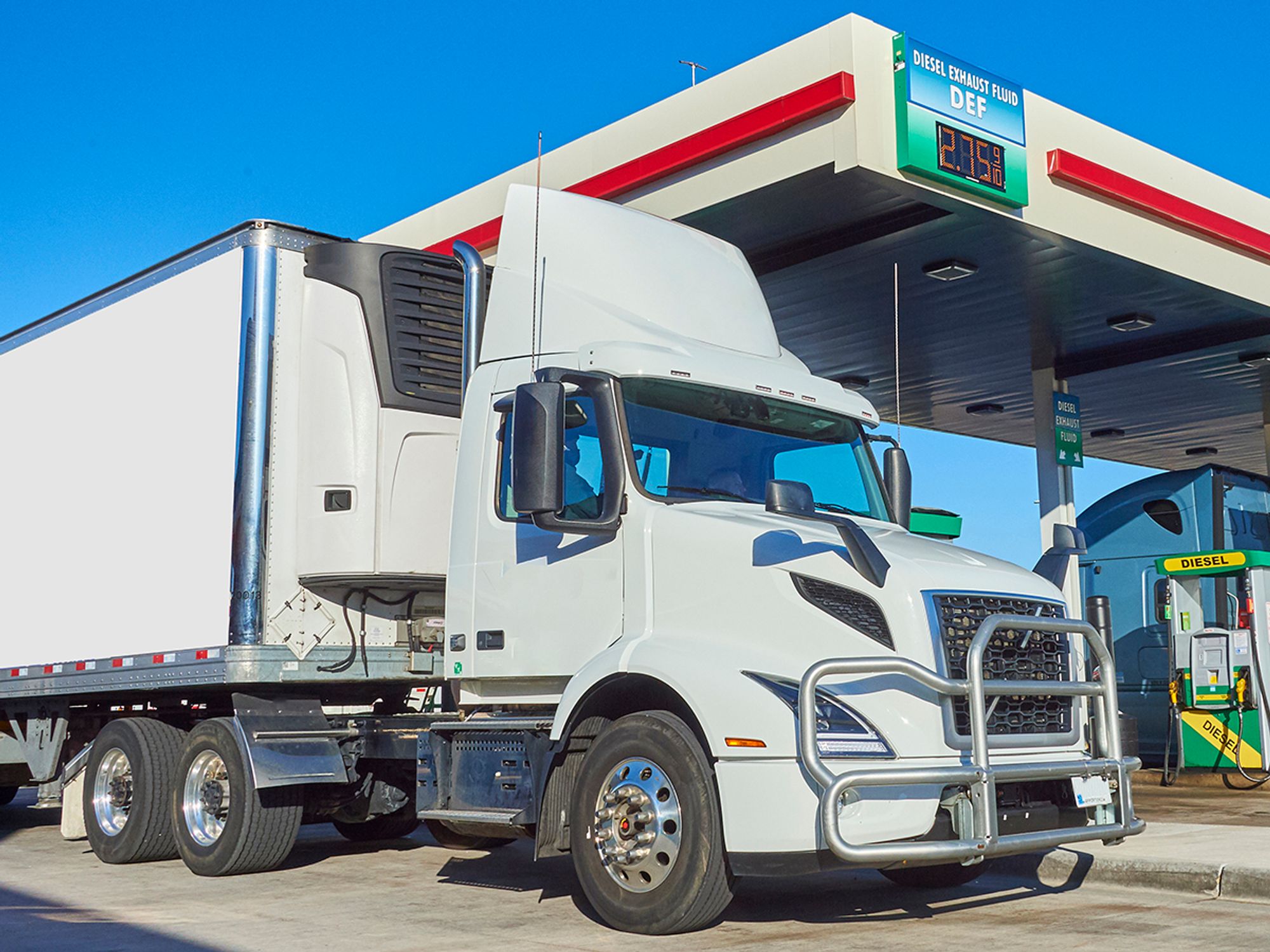Fuel surcharging

- Fuel surcharge mechanisms fluctuate with the cost of fuel.
Surcharges are extra fees added onto the original fee for a product or service. Fuel surcharges are agreed upon increases (extra fees) in the shipping rate brought about by increases in fuel costs. Typically, the carrier and the shipper will agree on a “standard” rate based on an agreed-upon fuel price, to be adjusted through a fuel surcharge based on increases or decreases in the national average price of fuel as reported by the Department of Energy (DOE).
Surcharges are established in either the carrier’s tariff rate sheet or customer contracts. There are no legal requirements stating that a customer must agree to pay a carrier’s fuel surcharges. Basically, fuel surcharging is a negotiated issue between participants in an agreement or contract, not a legal issue. If a carrier chooses to implement a non-agreed upon or declared fuel surcharge, and the customer refuses to pay it, the carrier has no recourse.
The typical arrangement for fuel surcharging is the establishment of a “base price” for fuel. This base price is what most carriers base their declared rates and contracts on during negotiations. The fuel price used for the purpose of determining the base price and fuel surcharging is normally the DOE Energy Information Administration’s weekly gasoline and diesel retail pricing report at the time the rate negotiations were going on.
The surcharge mechanism in tariffs and contracts normally activates once fuel rises more than an agreed upon cents per gallon above the base price used to negotiate the rate. The surcharge mechanism will then automatically increase the rate a specified percentage or cents per mile (depending on the contract structure). Typical increases in the shipping rate are one to two percent for every five to six cent increase in fuel prices.
Under the surcharge mechanism in use by most carriers, if fuel prices come down, so does the fuel surcharge. If the fuel prices remain high or fall below the base fuel price used to negotiate the fuel surcharge, the carrier and customer may negotiate a new base rate and surcharging schedule, reflecting the new fuel costs.
Because of the reduction function in fuel surcharging, many customers have become more willing to negotiate fuel surcharges than rate increases. Customers can see rate increases as more difficult to lower if fuel prices decline. On the other hand, customers see fuel surcharges as a way of bringing their total shipping rates in line with the fuel prices, particularly when fuel prices decline.
